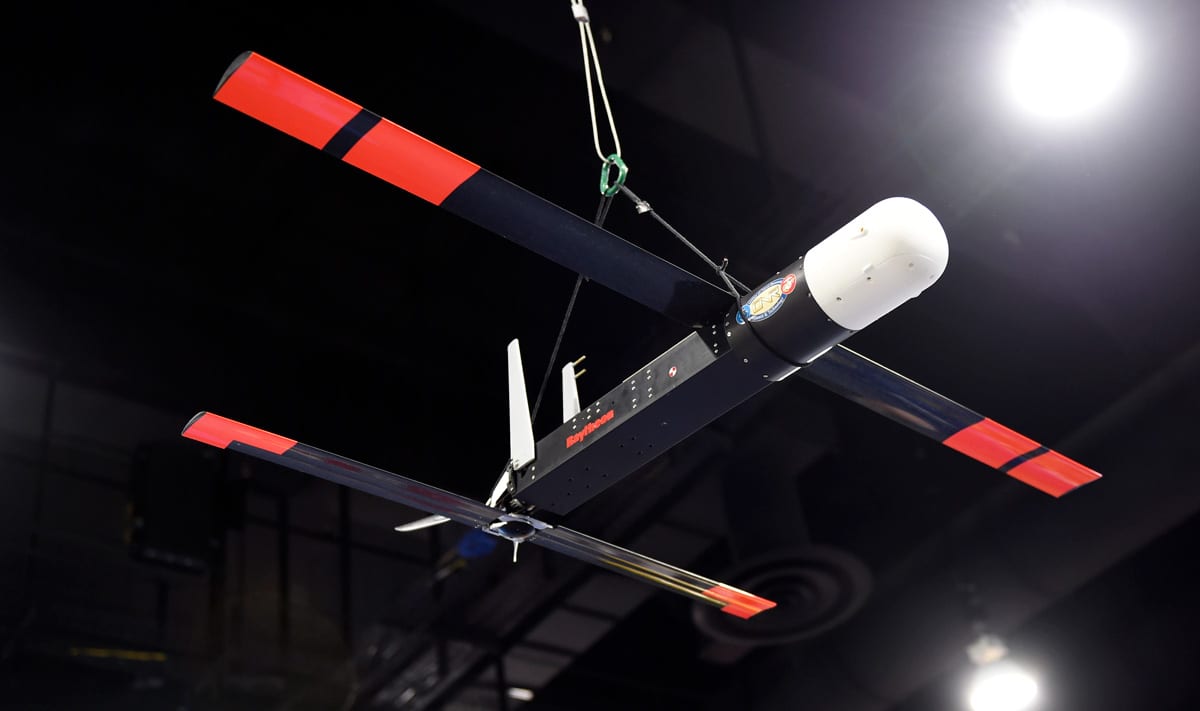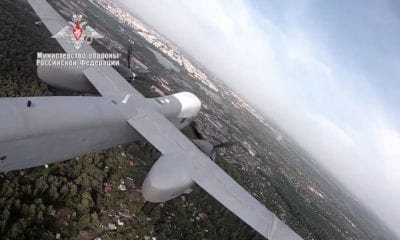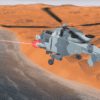Drones and Swarm Behavior
Swarm intelligence is one of the best ways to combat many of the challenges faced by drone operators.
According to a new paper by academics at British and French universities, drones can now add value to businesses and governments due to the low cost and mobilization times. One of the best examples of a drone swarm behavior is the use of drones for checking the structural integrity of a building. As well as being a cheaper and more efficient way than doing the check with a helicopter, drones can also quickly complete tasks like these when flown as a group using drone swarm algorithms.
The Dawn Of Mechanical Swarm Behavior
The best way to describe what drone swarms are is through comparing the behavior to the one present in nature. For example, swarms can be best seen when a group of fish or a flock of birds rapidly change direction in what seems like a series of choreographed maneuvers.
Similarly, drones could move and interact between themselves and with the environment. By following simple yet effective rules and being interconnected, drones can perform in quite complicated and sophisticated collective behaviors.
Drone swarms are used for a variety of purposes. In August 2014, the US Navy used a swarm of 13 drone boats to form a shield and protect manned ships against attacks like the one on the USS Cole in October 2000.
So, it is safe to say that drone swarms have a lot of purposes. There have been examples of swarms for different drone behaviors. According to researchers, swarming tactics can be the next step in the evolution of military doctrine – however this is not the only useful application of drone swarms.
The Use Of Behaviors In Drone Swarms
The swarm behavior of drones can be additionally customized by using specific algorithms. Through them, drones could replicate the swarming behavior of bees, ants or other insects that are known for their swarms.
The main strategic benefit here could be seen in the form of multi-directional movement, dispersing force and pulsing. Even though swarming is commonly linked to the military and war scenarios, it is also a “crowd behavior” tactic allows units in a mass to come together and act together at the right moments.
As such, automated and swarming drones can outlast manned systems and military planners – spending less on expensive, more sophisticated technology. On top of this, the drones can process large amounts of information at greater speeds than human actors. They can also adapt to changing circumstances.
However, the real benefit comes from the cost perspective. With drone swarms, less time and money will be spent on expensive individual platforms. Swarms of automated “single-mission” drones working together can therefore disaggregate risk and lower production costs.

LOw-Cost Unmanned aerial vehicle Swarming Technology (LOCUST) program will make possible the launch of multiple swarming UAVs for military purposes | Wkikicommons
Synchronizing The Behavior Of The Collective
Drone swarms used in combat scenarios were something we could only see in sci-fi movies. However, robot drone swarms that are under the control of light infantry soldiers or marines are already a possible scenario.
According to an Army Times report, swarm drone technology is already here. In 2016, the US Department of Defense successfully tested micro-drone swarms in California, dropping 103 of them and organizing them to complete multiple missions such as adaptive formation flying, collective decision-making and self-healing.
One potential tactical application would be using the inexpensive drones to swarm aircraft – even though there are no effective countermeasures for such an attack. All of the teams conducting drone swarms have been experimenting the technology to make swarm capabilities real.
The main five areas in which drone swarms could be used include:
- Swarm tactics
- Swarm autonomy
- Human-swarm teaming
- Virtual environment
- Physical testbeds
In such military uses, swarming drones can be used in three main ways – to attack, to defend and provide support functions such as intelligence, surveillance and reconnaissance. Since individual drones do not need to survive at a high rate, they may be dramatically cheaper than stand-alone weapon systems.
Giving Rise To New Strategic, Ethical And Legal Questions
Swarming drones could definitely be used in combat-like scenarios. There are real advantages which can include reducing the loss of human life and expensive equipment in battles.
However, there are potential dangers too – best seen through the great international concern about using weapons without “meaningful human control”. In other words, the concern is mainly because drones can select and attack targets without such control and further exacerbate such concerns because they may be able to attack in “intelligent” ways. On top of this, there is proliferation as a danger and a problem that could be acute in the case of swarming drones.
Many people are concerned about the “killer robot” potential of swarming drones too. Even though no such drones have been yet used in warfare before, many military departments are testing and exploring what they could do with the technology at their disposal.
The primary ethical debate is centered on two main issues:
- Is it more or less moral to employ autonomous rather than human-controlled weapons?
- Is the use of autonomous systems in warfare an immoral act that should be precluded?
Right now, it is impossible to discuss the ethical and legal implications of autonomous swarming drones used as weapons, without properly defining them. There needs to be proper clarification and regulation of drones – whether manned or unmanned – and their potential benefits and dangers.
A Final Word
In the end, there is no doubt that the swarming behavior of drones can be advantageous in tactical situations. Cheaper, faster, risk-reducing and more effective than human-controlled weapons, drones present a variety of economic benefits where some loss is likely to occur.
However, for combat situations involving people, the autonomous behavior of drones seems unethical and potentially proliferative. This is why proper regulation with a set of guidelines needs to be put together – potentially limiting the technology to what is right and what isn’t.























